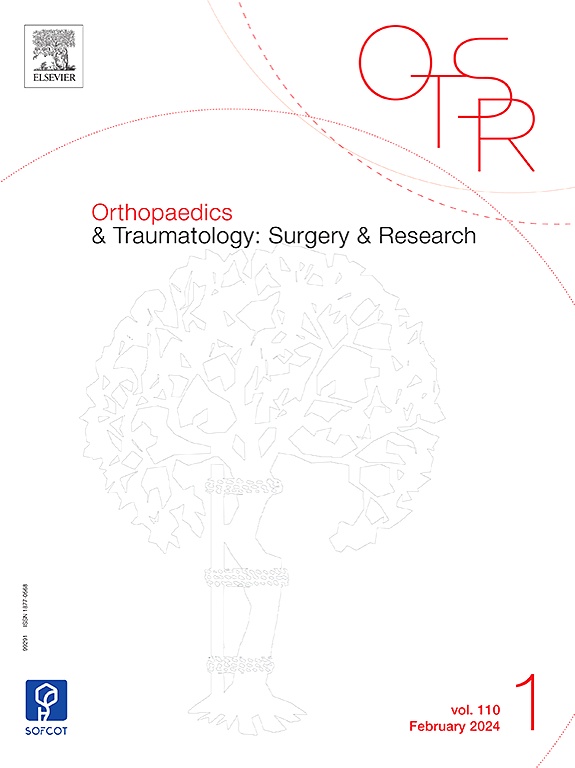
Intertrochanteric fracture: Percutaneous compression plate superior to dynamic hip screw

Intertrochanteric fracture: Percutaneous compression plate superior to dynamic hip screw
The percutaneous compression plate versus the dynamic hip screw for treatment of intertrochanteric hip fractures: A systematic review and meta-analysis of comparative studies
Orthop Traumatol Surg Res. 2012 Nov;98(7):773-83. doi: 10.1016/j.otsr.2012.07.004. Epub 2012 Oct 6Did you know you're eligible to earn 0.5 CME credits for reading this report? Click Here
Synopsis
9 studies were included in this meta-analysis comparing treatment using percutaneous compression plates (PCCP) and dynamic hip screws (DHS) in patients with intertrochanteric femoral fractures. A total of 914 patients were identified from the 9 studies. Results from the analysis indicated that PCCP was superior to DHS with respect to operation time, blood loss, and rate of cardiovascular events. T...
To view the full content, login to your account,
or start your 30-day FREE Trial today.
FREE TRIAL
LOGIN
Forgot Password?
Explore some of our unlocked ACE Reports below!

Learn about our AI Driven
High Impact Search Feature
Our AI driven High Impact metric calculates the impact an article will have by considering both the publishing journal and the content of the article itself. Built using the latest advances in natural language processing, OE High Impact predicts an article’s future number of citations better than impact factor alone.
Continue



 LOGIN
LOGIN

Join the Conversation
Please Login or Join to leave comments.